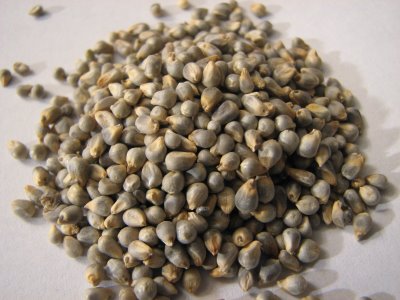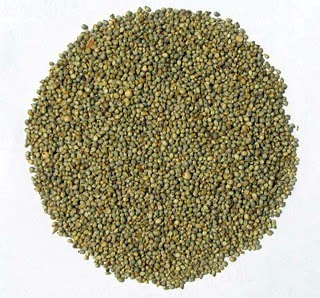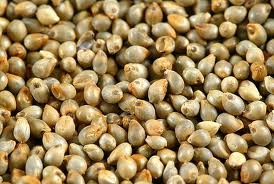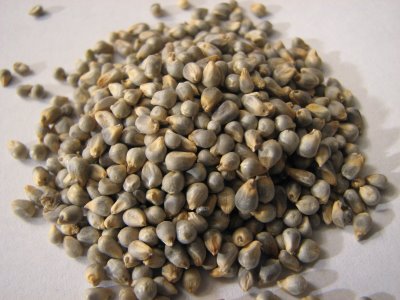
One of the oldest forms of crops in the world, millets are the first cereal grains to be domesticated for human consumption. Millets can be described as a group of small seeded species of grains or cereals that are mainly grown for human food and animal feed. Millets are grown under difficult production environment and come under the category of agronomic group. During the prehistoric times, millets formed a very important part of people's diet, much before rice came into existence. Millets belong to various genera in the subfamily 'Panicoideae', that are a part of the grass family 'Poaceae'.
Varieties of Millets
The various forms of millets that are commonly available are:-
Pearl Millet: It is one of the most widely used millet in the world and is grown mainly in India and Africa. It is resistant to drought, low soil fertility and high temperature. Pearl millet accounts for about 50% of the world's total production. Also known as ‘Bajra’ in India.
-
Foxtail Millet: It is an annual crop that has slim, vertical leaves, and grows at a height of 120-200 cm. This crop bears small seeds that are 2 mm in diameter. Other names of this kind of millet include Italian millet, German millet and Chinese millet. The botanical name of pearl millet is 'Setaria Italica'
-
Proso Millet: The botanical name of proso millet is termed as 'Panicum Miliaceum' and is also known as common millet, broom corn, white millet, etc. It is an annual crop that is well adapted to different soil and climatic conditions. For cultivation, it requires least amount of water, the lowest among any major cereals. It is healthy as it contains the least amount of gluten and is, thus, sold as an health food in food stores.
-
Finger Millet: Botanically known as 'Eleusine Coracana', finger millet is an annual cereal crop that is extensively grown in the dry areas of Africa and Asia. It grows well in high altitude areas and is cultivated in the Himalayas at an altitude of 2300 meters. Other terms for finger millet include 'African millet' or 'ragi'.
Nutritional Contents of Millets
Millets are a rich source of B vitamins like niacin, B17, B6, etc. as well as folic acid, calcium, iron, potassium, magnesium and zinc. They do not contain gluten, and are thus easily digestible. They are the only group that retain their alkaline nature and, thus, are ideal for people who are allergic to both wheat and gluten.
Benefits of Millets
Following are some of the health benefits associated with the use of consuming millets:-
The presence of magnesium in millets helps in reducing many ailments like asthma, migraine attack, high blood pressure, diabetes, heart disease, etc.
-
Niacin in millets helps in reducing the cholesterol level, which otherwise leads to high blood pressure
-
The insoluble fibers present in millets help in preventing gallstones. According to a recent research,the presence of dietary fibers in women's diet showed that the risk of gallstones was getting reduced as compared to those who has no fibers in their diet
-
Millets also help in reducing the blood sugar level, thereby lowering the risk of diabetes. 5) Magnesium in millets improves the secretion of insulin and also improves the metabolism of the body
-
Women suffering from post-menopausal disorder are at a high risk of being afflicted with high blood pressure, high cholesterol level, obesity, etc. These disorders can be prevented by eating millets at least 6 times in a week.











